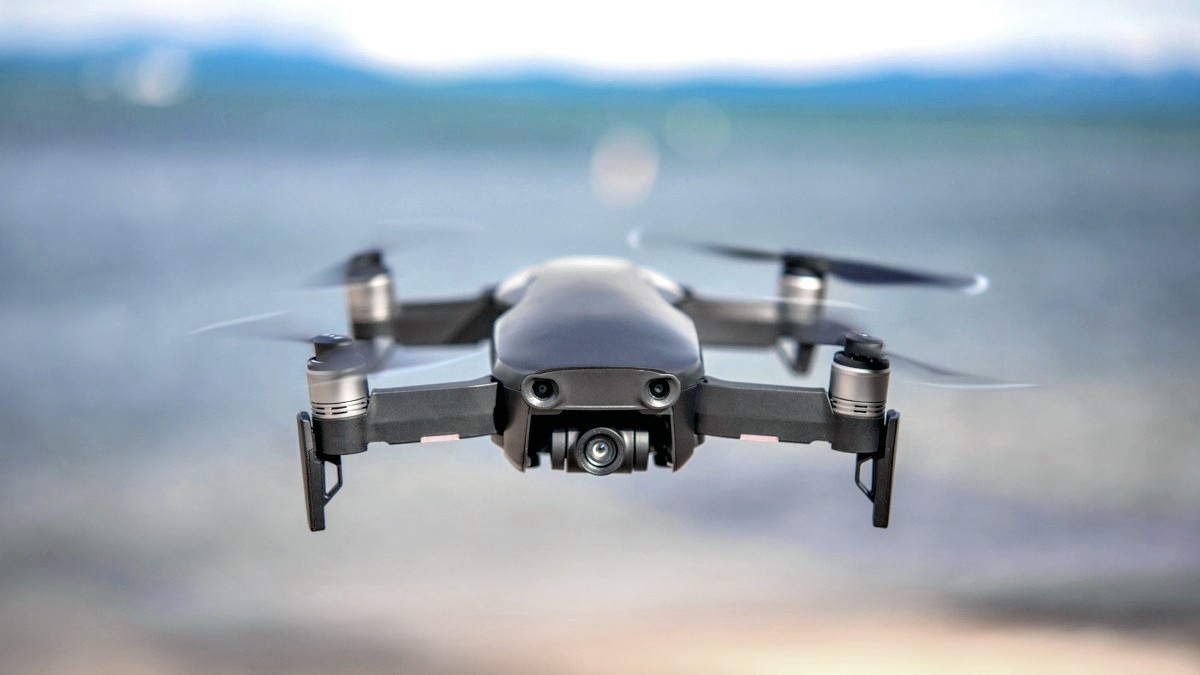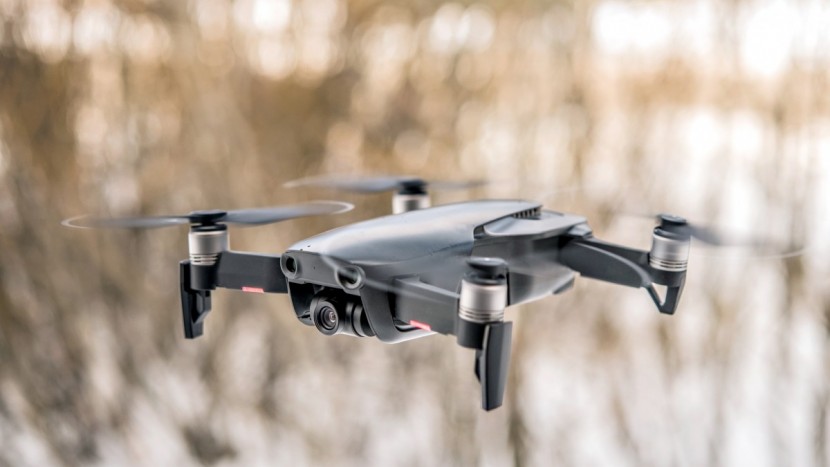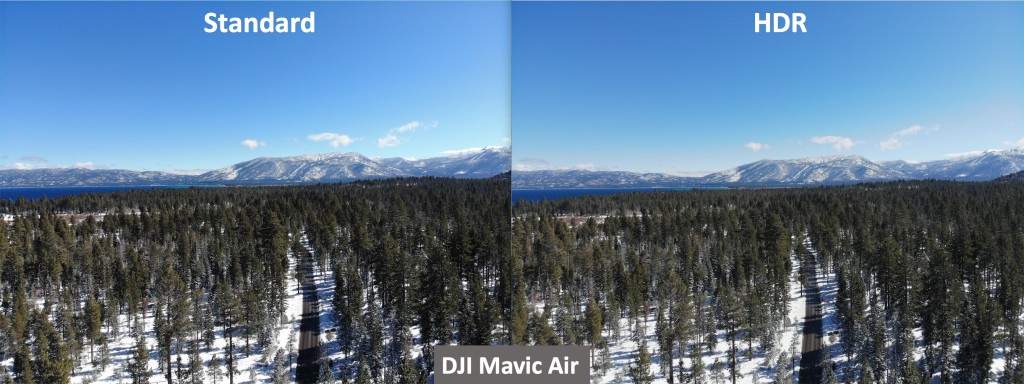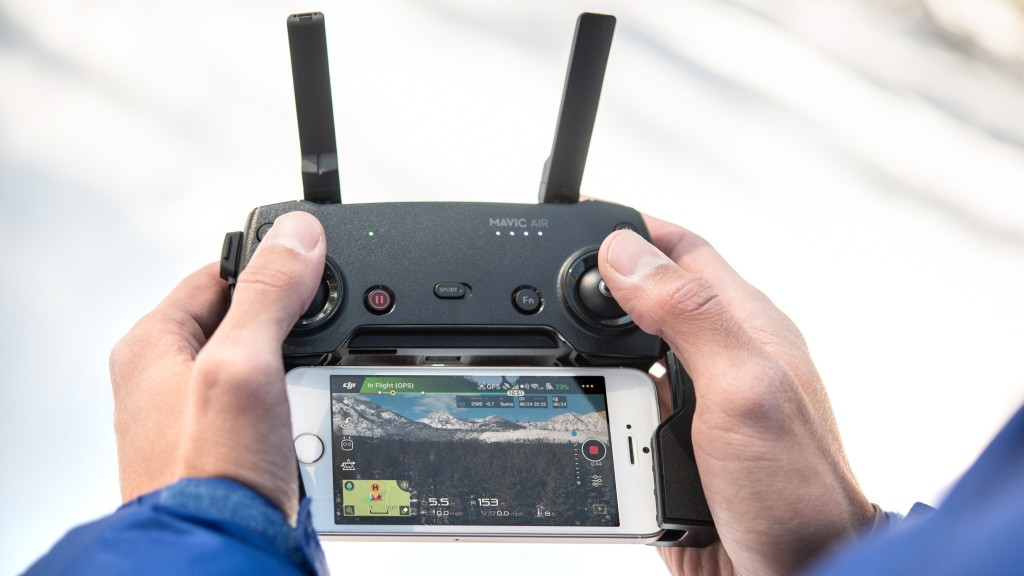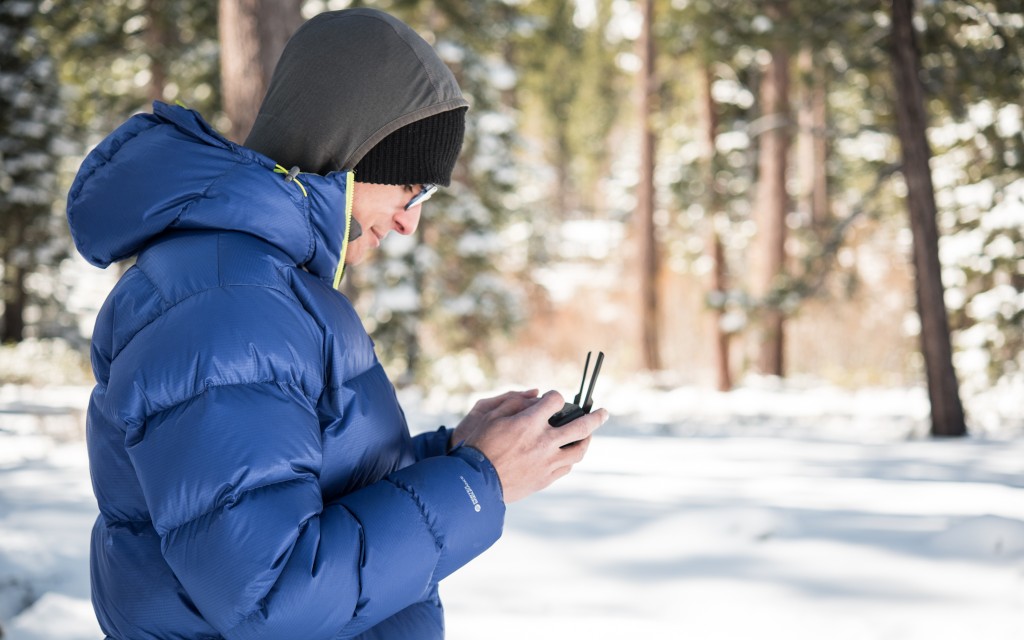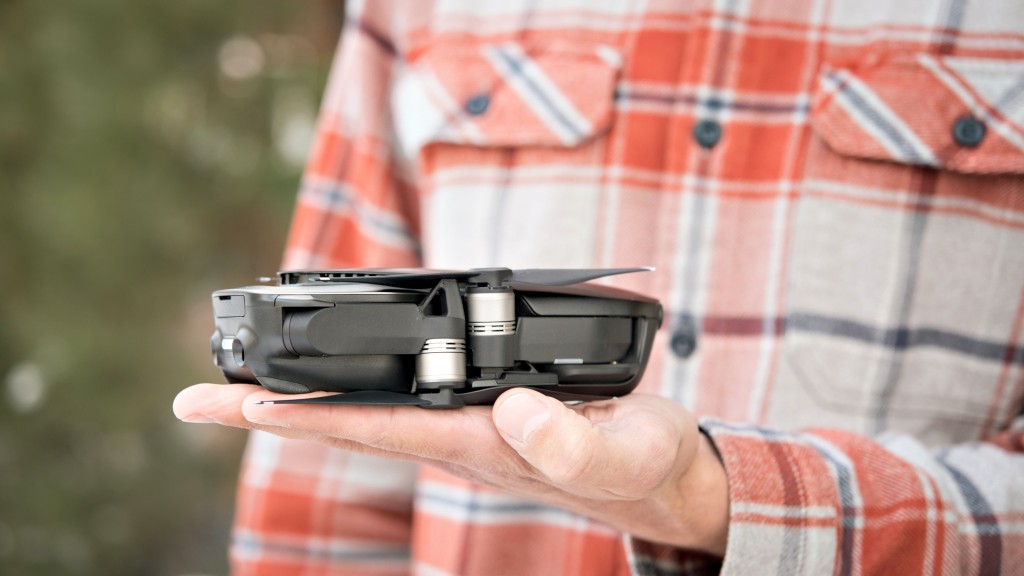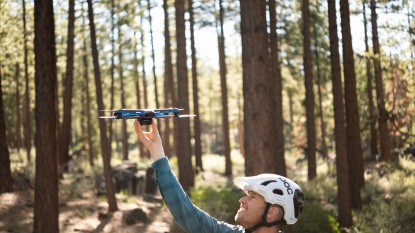Our Verdict
Our Analysis and Test Results
After an extensive time spent flying this drone out in the field, we feel that the Mavic Air is the best camera drone for most people. It combines impressive portability with the ability to capture awe-inspiring footage, all at a price point that won't require you to take out a second mortgage.
To find out which drone truly topped them all, we bought all of the top products on the market today and flew them side-by-side, testing everything from their flying skills to their video quality. We divided these tests among five weighted metrics — Video Quality, Video Downlink, Flight Performance, Ease of Use, and Portability — with the results of the Mavic Air compared to the rest of the group described in the following sections.Video Quality
The camera on the Mavic Air takes excellent footage and photos that are far better than anything shot by comparably sized drones. It is able to create true, vivid colors and can handle challenging lighting conditions with relative ease. All in all, it lagged only slightly behind the much more expensive models in DJI's lineup in our video quality tests.
When compared to the video of the new Mavic 2 Pro, the Air's footage does lack some dynamic range and can lose some details in very bright or light areas of the image. This small step down in quality will likely be more than worth the large price difference for most people, but for those trying to create a truly cinematic masterpiece the Mavic 2 Pro is a better tool.
We liked the HDR photos produced by the Air and found them to be less dramatic than those of the Mavic Pro but much more realistic. This is useful if you want to get good shots of backlit settings without spending a lot of time stitching shots or post-processing multiple images.
A new “Asteroid” Quickshot mode creates a spherical panorama and a “Boomerang” mode shoots from an elliptical orbit.
These new functions aren't in any other drones and the Asteroid mode is completely unique to the Air in the realm of consumer drones.
The panorama mode of the Mavic Air only provides you with individual photos that you have to stitch together on a photo editing software. When you take a panoramic photo with the drone it automatically sweeps a large area from one location, ensuring that photos will stitch smoothly. Below is a panoramic photo that the Air created from 25 individual still shots. We scaled down the resolution and adjusted it to have a rectangular shape.Ease of Use
Like DJI's other drones, the Mavic Air is incredibly simple to use. This earned it a 9 out of 10 for its stellar performance in this metric — one of the highest scores of the group.
We had it in the air within 15 minutes of taking it out of the box and found the DJI GO 4 app's menus to be intuitive and straightforward. You're prompted about updates automatically when the drone is first turned on and, if necessary, they typically don't take longer than 10 minutes to complete. It is easiest to check for updates at home before you go out and fly, especially if you don't use your drone frequently.
The Air's controller felt very similar to those of the Mavic Pro and Spark. It doesn't have a display like the Pro but the sticks felt almost identical and didn't feel different for flying. The sticks are removable and can be stored inside the controller when it is folded shut, making it much more portable than any other drone controller that we used.
Unlike any other drone in the DJI lineup, the Air has 8 GB of internal storage, which will save the day if you forget to bring a microSD card. This is a pretty limited amount of space for shooting in 4K but works fine for quick clips and photos.
Flight Performance
The Mavic Air has plenty of autonomous flight features and can be controlled through hand gestures, which is also a feature of the Spark and Mavic Pro. Despite its size, it didn't get pushed around much in high winds and still managed to hit its top speed of 42 mph. The Air's gimbal began to struggle to get clear footage facing forward past 25 mph.
The Air has forward, backward, and downward obstacle avoidance, while both the Mavic Pro and Spark lack backward obstacle sensors. The backward obstacle avoidance is especially helpful for using intelligent flight modes where you have to estimate distances of objects behind the drone.
Portability
Being as portable as the Spark and packing as much of a cinematic punch as the Mavic Pro makes the Mavic Air an unparalleled travel drone. This earned the Air a 9 out of 10 when it comes to portability — tying for the Spark for the best of the bunch.
The base model comes with a soft case that is smaller than most water bottles and easy to pack into most daypacks with an innovative folding design that is similar to that of the Pro. In its basic case, with a single battery and controller, the Air only weighs 1.8 pounds, less than a liter of water. The more expensive Fly More Combo bundle includes a small travel bag that fits the drone, controller, 3 batteries, propeller guards, and still has plenty of room for cables and miscellaneous accessories. The Air was designed to be a travel-ready powerhouse and we can't think of any place too remote to fly it.
Our favorite portability feature of the Mavic Air is the controller's detachable control sticks. This is a subtle improvement from the Spark and Mavic Pro controllers but made the controller feel much less vulnerable to damage when we tossed it inside into a full backpack.
Value
The Mavic Air is a relatively expensive camera drone that provides a great value given its performance. If you're looking for a portable drone with a great camera then it second only to the Mavic 2 Pro, which costs a lot more. Considering all that you get for the price, we think the Mavic Air is quite a good value.
Conclusion
Overall we think that the Mavic Air is a groundbreaking drone that builds on DJI's already impressive lineup of consumer drones. You'd be hard-pressed to find a model that can produce comparable footage in such a portable package and the Air is in a class of its own as a travel drone.


